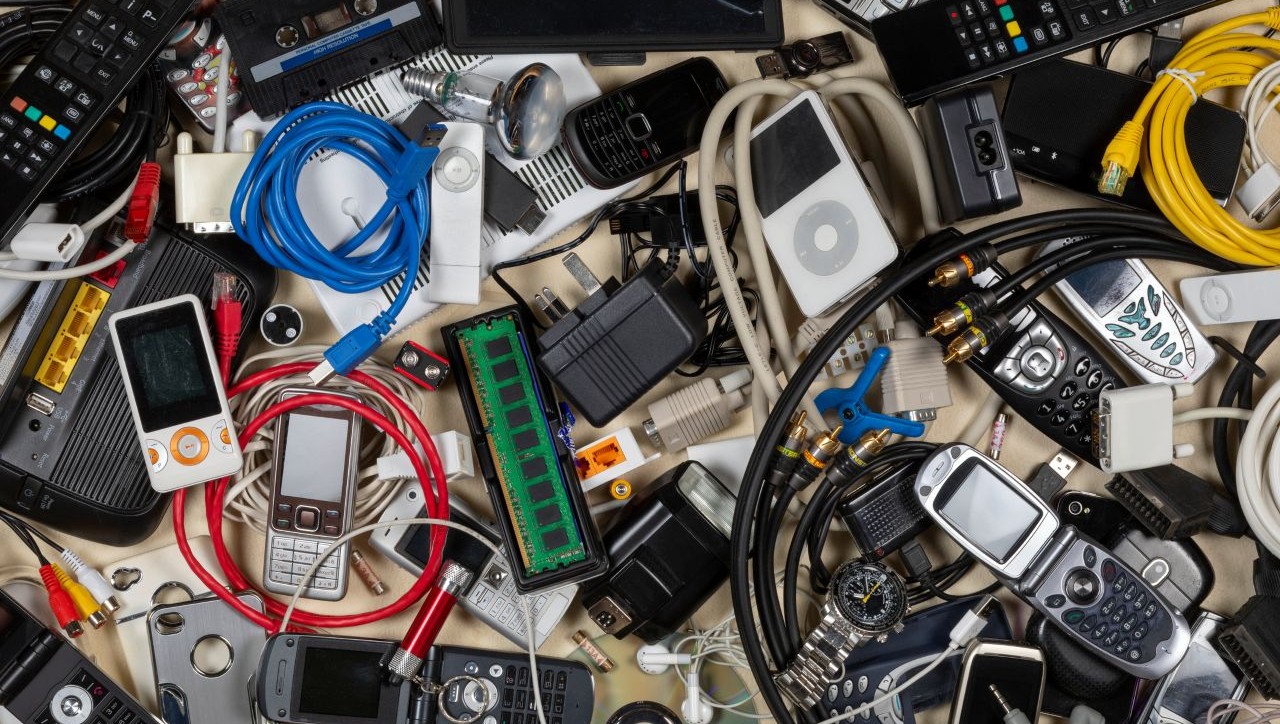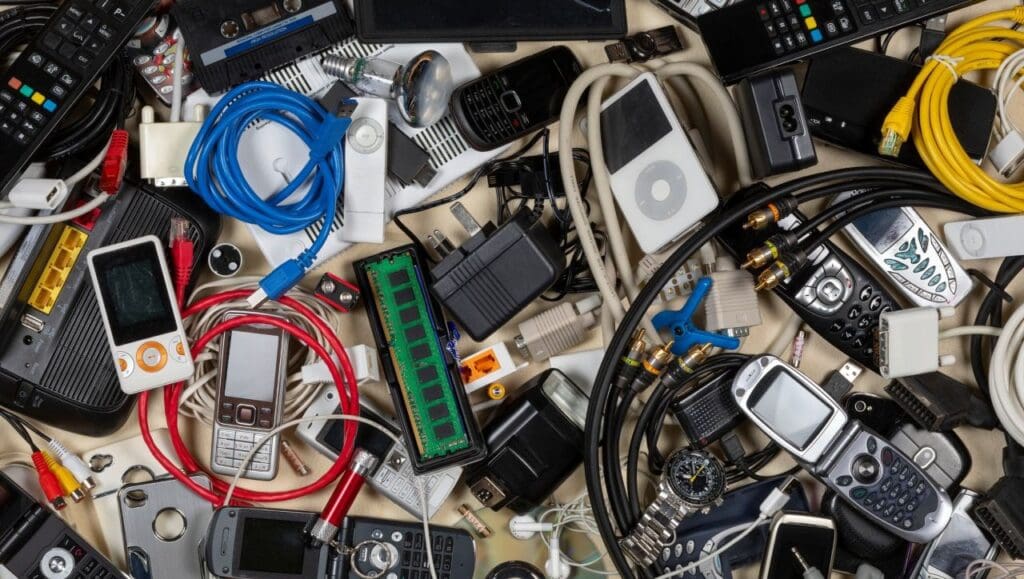

Now more than ever, we are all aware of the negative environmental impacts brought on by our modern lifestyles. However, when it comes to recycling, most people tend to think primarily of the paper and plastic bottles that we place in our curbside recycling bins every fortnight. Little thought is given to recycling electronic goods and, as a result, the escalation of electronic waste (e-waste) has become an issue of global importance, and the need for e-recycling is growing exponentially.
This article will explore what happens to the electronics we no longer want, why e-waste is a global issue, and the steps we can take towards addressing the issue.
E-waste refers to all electronic products that have reached the end of their perceived useful life. Common examples of e-waste include mobile phones, computers, televisions, monitors, printers and microwaves. However, the definition extends to any product that has a battery or plug.
Although this technology provides undeniable benefits including entertainment, convenience and efficiency, the current rates and means of disposal of electronic goods are simply unsustainable.
Many electronic products include components that contain valuable resources, some of which are deemed toxic and hazardous. The e-recycling process involves converting these e-waste products into reusable materials. By recovering the many valuable components and removing potentially hazardous and toxic materials, e-recycling prevents these pollutants from ending up in landfills and adversely impacting the environment.

CRT monitors, for example, may be a relic of the past, having been replaced by LED monitors, however they contain toxic lead, cadmium, barium, and fluorescent powders that seep into the ground and waterways and pollute the air of the dumpsites that they end up in, affecting the health of the ecosystems and, as a consequence, the people nearby.
The town of Guiyu, China was once considered the e-waste capital of the world, with an estimated 70% of the world’s e-waste passing through the town at some point on its way to be recycled. It is also probably not a coincidence that the women of Guiyu were six times more likely to experience miscarriages and 70% of the children exhibiting unhealthy levels of lead in their blood. The Chinese government has recognised the detrimental effects that these practices have caused to their people, and cities across the country are being cleaned up in a bid to redress the issue.
The environmental costs of e-waste are obvious and are accompanied by significant economic costs.
According to the UN’s global e-waste monitor (2020), a record 53.6 million metric tonnes of e-waste was generated worldwide in 2019, with expectations of reaching 74 million metric tons by 2030. Only 17.4% (53.6 million metric tonnes) of that was collected for recycling, leaving an estimated $57 billion (USD) worth of precious, high-value materials (gold, silver and copper to name a few) to go into landfill, despite being recoverable in the recycling process.
As China cleans up in their “war against pollution” and continues to accept and process less of the world’s e-waste, the question arises: where is all the e-waste going? The unfortunate truth is that it is being redirected to other developing countries such as Thailand, Cambodia, Ghana and India, where e-recycling efforts are largely informal and often primitive. These unofficial waste processing plants are among the main culprits in environmental damage caused by e-waste as they often either illegally or unethically dump what they can no longer recycle.
E-recycling remains the best way for us to dispose of our unwanted electronics, but, increased regulation on a global scale is required in order for it to succeed. We must ensure that all e-recyclers are doing the right thing by the environment and their communities.
E-waste is an inevitable part of our modern lives and as incomes and standards of living rise in the developing world, it is clear that the escalating volume of e-waste is only going to become harder to manage.
There is an immediate solution that can stop the problem at the source. This simple, yet effective solution that everyone can assist in is the reduction and reuse of electronic goods that we may otherwise have thrown away. We need to change our attitude towards replacing items that don’t need to be replaced such as upgrading mobile phones every year. We should also reconsider the necessity of throwing away items such as TVs or computers that could be repaired.
If we choose to ignore all the red flags regarding the environmental impact of e-waste, our natural resources will soon become depleted, the environment and population health will suffer, and electronic manufacturing as we know it will be forced to cease.
To learn more about hazardous materials, how to handle them, the best ways to store them and how to dispose of them safely with minimal impact on the environment or would like SDS or labels for large quantities of chemicals contact Chemwatch at sa***@*******ch.net.
Sources: